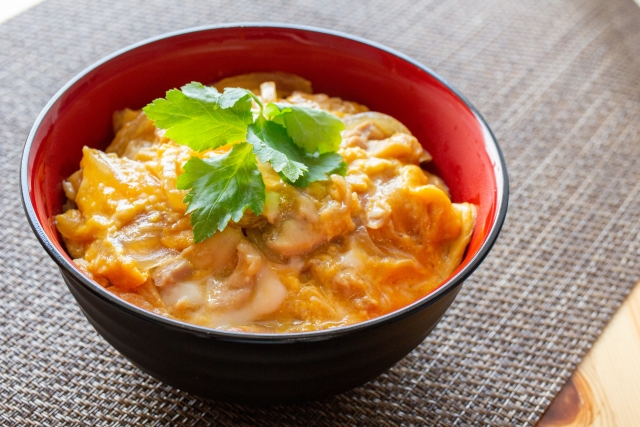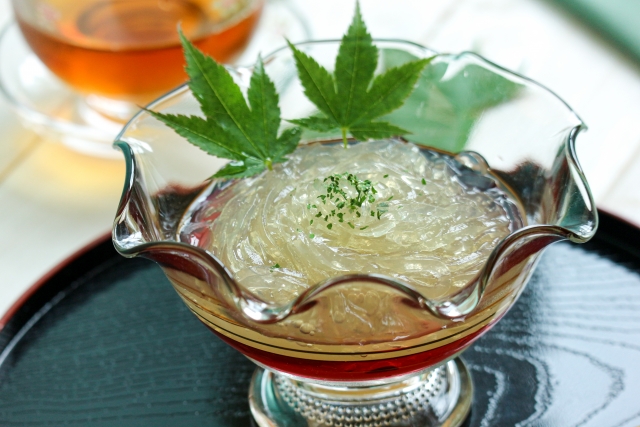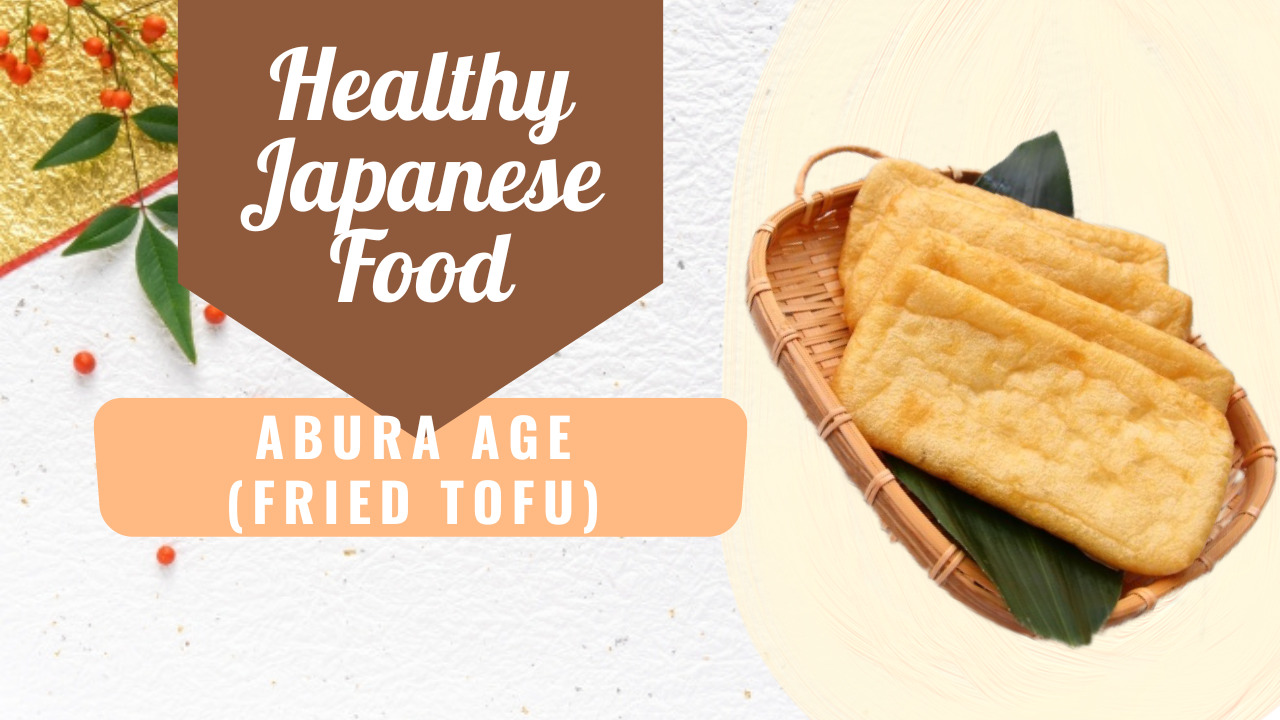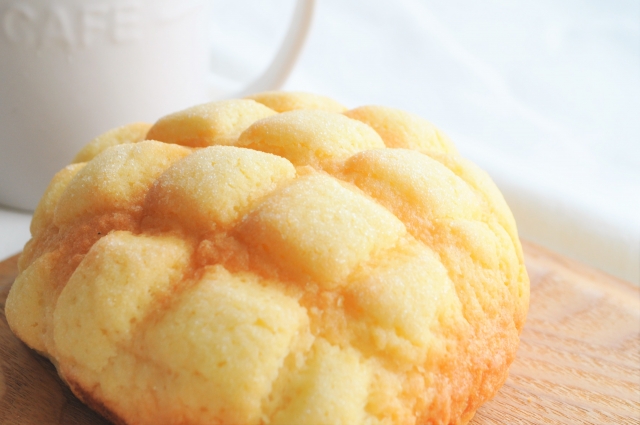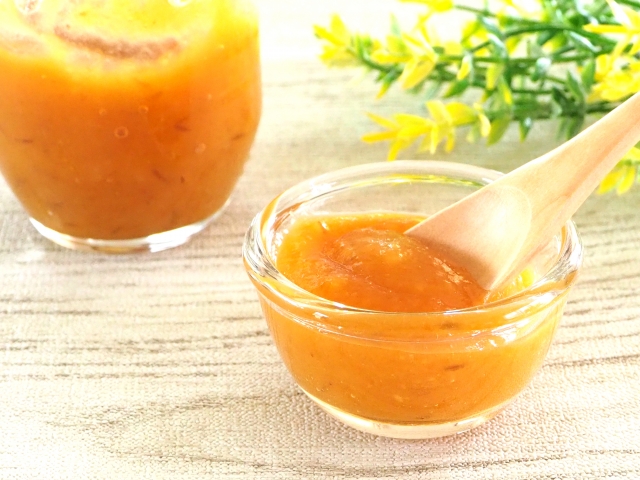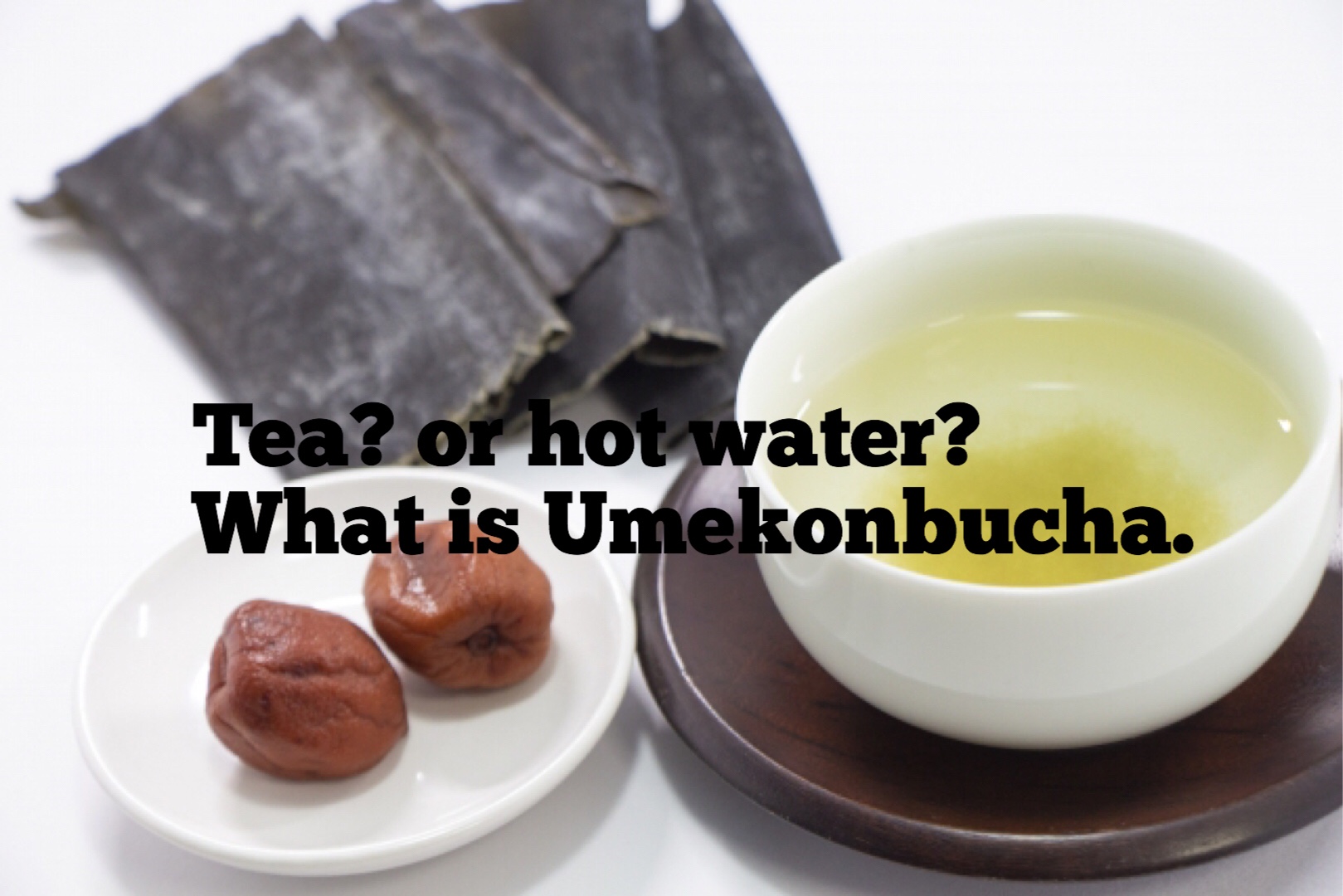
There are many types of tea in Japan alone, but what kind of tea do you like?
Green tea, barley tea, black tea, rooibos tea, herbal tea, healthy tea, coffee, etc. You can drink tea according to time, scene and mood, so it is active in various places.
Umeboshi and kelp, one of the Japanese rice companions, often appear on the dining table when there are many lovers and breakfast and rice do not progress.
Do you know the tea "Umekonbu cha”(umeboshi and kelp tea)made by combining these two?
Umekonbu cha is also available in the drink bar of the restaurant and is a tea that you can drink nearby.
After drinking too much alcohol, you may want to drink asexually.
"What is Umekonbu cha and how does it taste?"
"What kind of body effects and efficacies does Umekonbu cha have?"
"I want to enjoy Umekonbu cha at home! Tell me how to make it!"
People who do not know Umekonbu cha, for example, are wondering what kind of drink it is.
Even those who like Umekonbu cha can enjoy Umekonbu cha even more by knowing its effects, effects and how to drink deliciously!
This time, we will introduce how Umekonbu cha is made, how it tastes, and effects, how to make delicious etc.
I am glad if you can refer to various people such as those who like Umekonbu cha, those who like Umeboshi and kelp, those who want to drink unusual tea, and those who want to give a little unusual tea to hospitality .
What is Umekonbu cha
![]()

Umekonbu cha is a drink that is a modification of kelp tea.
What kind of drink was the original kelp tea?
Kelp tea has a long history
Kelp tea is a tea that is made by finely chopping or drying dried kelp and pouring hot water.
Some are flavored with salt, some are beautiful hail, and some are mixed with tea such as gyokuro.
In modern times, kelp is more commonly eaten with accompanying rice or gasping.
The history of kelp is very old, and there is no solid record going back.
It is said that during the Jomon period, people who came aboard from China used kelp as food.
According to literature, the Emperor used it as a medicine during the Heian period, and it is generally said that the tea was popular as flavored tea during the Edo period.
Konbu Road(Kelp Road)

In Japan, there is a thing called "Konbu Road" that Kelp traveled.
This began in the Kamakura era when kelp trade ships flourished between Hokkaido and Honshu.
In the Edo era, boat traffic became so popular that they were transported to Osaka, the world's kitchen.
Then, it spread to Kyushu, Okinawa, and China.
Beginning of Umekonbu cha
We don't know much about the history of Umekonbu cha, but Umeboshi was so popular in the Edo period that it was used by every household.
Before the Edo period, it was used for disinfecting preserved foods and wounds, preventing food poisoning and infectious diseases.
During the Edo period, tea called “Fukucha” became a habit and has been handed down to the present day.
Fukucha was drinking hot tea on Umeboshi at the night of the New Year and Setsubun.
In addition to umeboshi, kelp, black beans, and pepper were also added.
The kelp was glad, the beans worked diligently, the plums were auspicious flowers, and three of the New Year's were drunk every day.
It had a meaning like New Year's.
Umekonbu cha is a mixture of kelp tea and dried plum.
Umekonbu cha with freeze-dried plum powder and corn cut kelp tea is sometimes served at a congratulations table.
Main nutritional components contained in Umekonbu cha
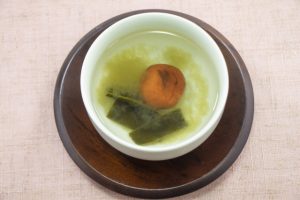
Umekonbu cha combines the good ingredients of ume and the good ingredients of kelp to bring various benefits to the body.
Specifically, what kind of ingredients are included?
- Alginic acid, a water-soluble dietary fiber (sticky component)
- Fucoidan, a water-soluble dietary fiber (sticky component)
- Calcium (about 7 times milk)
- Iron (about 39 times milk)
- sodium
- potassium
- Iodine
- iron
- Fucoxanthin (pigment component)
- Glutamic acid (umami ingredient)
- Organic acids such as citric acid, malic acid, succinic acid and tartaric acid
- Rin
- protein
- Vitamin A, B1, B2, C
The above are the active ingredients contained in ume and kelp.
Mixing green tea here will add the power of tea catechins and caffeine!
The taste of Umekonbu cha-delicious? Unpalatable?

If you have never tasted Umekonbu cha, it may be difficult to imagine how it tastes.
It is more like a soup than a tea, and has a thickness similar to wakame soup.
The kelp and umeboshi are in it, so it feels a little sour, but the kelp makes it mellow.
It has a delicious taste even when pickled in chazuke, and is recommended for those who like plums.
Many people use it for cooking, and it is a tea that can be used widely.
In fact, I would like to introduce some impressions of people who have ever tasted Umekonbu cha.
- There is only gentle relieved taste and solid taste!
- It tastes like plum tea pickles! Recommended for the secret taste of food.
- I drank it for the first time, but it smells like something ...
- I like Umekonbu cha, but if I drink too much, I'm going to vomit.
- Umekonbu cha is so delicious! I can cool it!
The opinion of those who drank Umekonbu cha for the first time was clearly divided into "delicious!"
Favorite people are addictive.
Gyokuroenn Ume Konbucha Japanese Tea | Kelp Tea with Ume Plum | 40g


